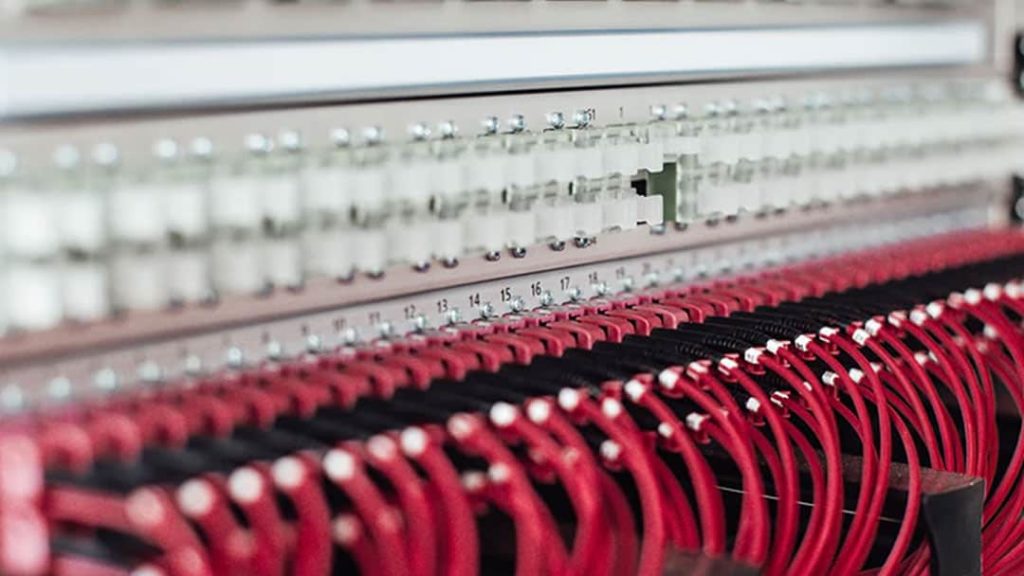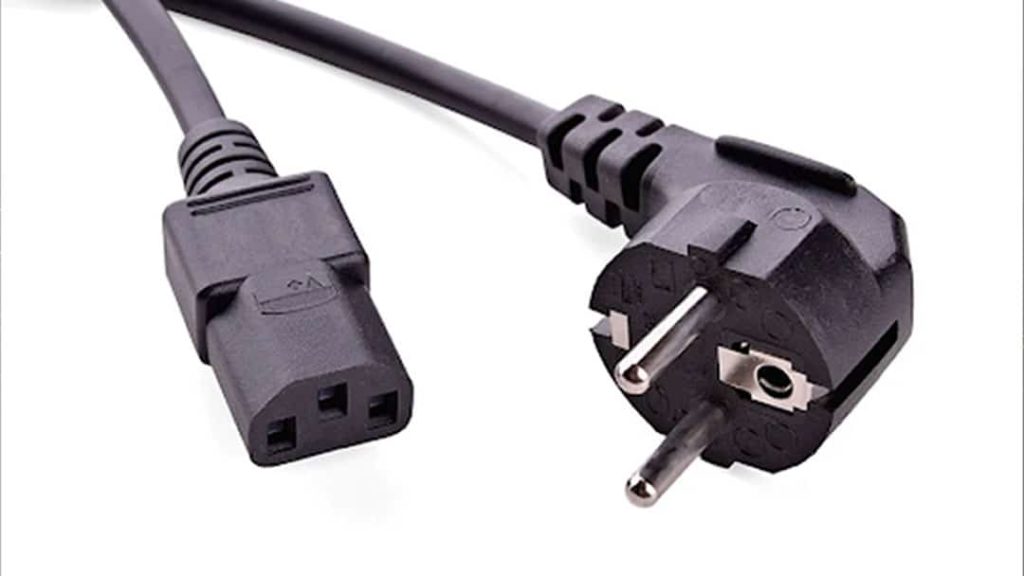The data center remains the core of our technology infrastructure. It’s how we stay connected to vital services that make our lives comfortable, safe, and efficient.
When a data center doesn’t work? It can cause several operations to grind to a screeching halt, costing money and even putting workers in danger. Preventing this occurrence means honing in on the unique needs of your data center.
Keep reading to learn about hot sites vs cold sites so you can make better business decisions.
The Biggest Risks to Data Centers
Data centers keep the world running on a dime. If they shut down, even for a moment, it can cost a business thousands of dollars.
The nature of data centers as hubs of technology means they are constantly at risk for fire, hacking attempts, or power outages. When nearly 80% of consumers today are concerned about losing their data, you can imagine what this means for your data center.
Managing a data site is no easy task, but one that gets smoother once you better understand its working parts.
Defining the Hot Site
Let’s define the different forms data centers come in. The hot site data center is dubbed such for its more active approach to collecting and managing data.
The hot site is constantly replicating and backing up any data that comes its way to a recovery site. While this is very useful for staying ahead of the curve with data trends, it requires committed oversight. Failing to stay on top of new information means just one error can grind the system to a halt.
On the plus side, a hot site has a much swifter recovery time than a cold site. The downside? It’s often expensive and requires around-the-clock maintenance.
Related: What Is A Hyperscale Data Center? Full Hyperscale Breakdown
Defining the Cold Site
Now for the opposite end of the data center spectrum. While the hot site is very active, the cold site earned its title for lacking automatic backup.
That’s not to say a cold site doesn’t have a backup system: all data centers do. You’ll be put in the position of manually backing up on an individual basis, which has its upsides and downsides. In the event of a disaster, a cold site often requires more time to get up and running again.
Slow recovery can be incredibly frustrating for a business that needs to be up and running at all times. For companies that need to save money, however, the affordability of the cold site is unbeatable. It’s also possible to have a mixture of hot and cold sites, though this should be done with the intent of matching their positive traits together.
Related: Data Center Cabling Best Practices Guide
What is a Warm Site?
You may have come across this term a few times in your search. While an unofficial term, the warm site denotes a middle ground between the two extremes.
If you run a cold site that needs a shorter recovery time than average, it might be dubbed a ‘warm site’. Methods you can use to turn your cold site into a warm site include:
- Having more backup equipment available in the event of a loss
- Frequently updated mirror networks
How do you keep your data center competitive? C&C Tech provides answers in the form of experienced project managers, designers, and procurement specialists: all invested in your success.
Creating a Disaster Plan for Data Loss
Whether you use a hot site or a cold site, you always need a disaster plan in place. Your data center is a fragile creation and prone to several accidents that can happen at any time.
Devastating weather patterns, damaging fires, and faulty wiring are just a few of the risks you take when running a data center. Creating your data loss recovery plan means asking a few crucial questions ahead of time:
- Does your business need to be constantly running or can you afford downtime?
- How often do you back up your data?
- How accurate is your backup data?
- Have you experienced a shutdown before?
- When was the last time you updated your disaster plan?
Related: 10 Data Center Cleaning Supplies & Tips
Conclusion
The difference between a hot and cold site may seem small, but it makes a big difference for your business. From money to reputation, your choice of a data center prepares you for the road ahead.
A hot site is more expensive to maintain but is able to recover much more quickly from shutdowns or disasters. A cold site is more affordable, yet needs more time to come back online due to its more static nature. Neither is better or worse: both have their benefits depending on the needs of your business model.
A warm site is a nice middle ground between a hot site and a cold site. It is essentially a cold site that has a shorter recovery time, which can be done by creating a more consistent backup network. This is also done by having backup equipment ready to go in the event of a disaster.
All data centers need improvement. Book a call with C&C Tech today to get an experienced eye to evaluate your data center for weak spots that could compromise your business.
Last Updated on January 21, 2023 by Josh Mahan




